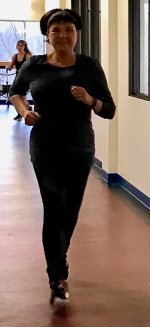Natural Health Solutions
- The Well (Home Page)
- Water Cures Blog
- How To Do Water Cures
- What is Water Cures?
- Electrolytes & Salt
- Drinking Water
- Hire a Hydration Coach
- Acid Reflux
- Addiction Treatment
- Allergy Relief
- Blood
- Bones and Joints
- BP / Heart / Vascular
- Brain / Head / Mental
- Cancer
- Chronic Fatigue
- Cramps No More
- Dehydration
- Edema
- Fibromyalgia
- HIV / AIDS
- Immune System
- Lungs / Respiratory / Cough
- Lupus
- Lyme Disease
- Multiple Sclerosis
- Pain
- Skin Care
- Urinary Tract Infection
- Womens Health
- Water & Weight Loss
- Student Grades
- Survivalist Health Care
- Pet Water Cures
- Hydration Coach
- Testimonials
- My Water Cures
- FAQ
- In The News
- Volunteer
- About / Contact
- Red Light Therapy
- Live Blood Microscopy
Reading Blood Pressure: A New Paradigm
Dr. Batmanghelidj proposed a new paradigm in reading blood pressure. There is no science supporting current methods of blood pressure reading. There is no research demonstrating that Dr. B's suggestion is correct. But considering that what he says is true, it seems logical that it is time for a change in the way we read blood pressures.
When it comes to reading blood pressure on patients, many times the professionals do not do it right. If they do not do it right and they are teaching others how to do it, how accurate can the readings be?
This is to guide you in how to get a proper reading from a blood pressure cuff and correct blood pressure monitoring.
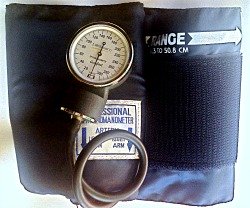 |
Reading Blood Pressure: Were We Taught Wrong?
In nursing school, we were taught to only take the blood pressure reading on the very first try and if we could not get it accurately, we were to wait for a few minutes to take it again. We were taught this not because it was in the books. We were taught this because this is the way our instructors were taught.
There was no research based practice. It was simply the belief at the time. Unfortunately, it leads to an inaccurate blood pressure reading.
Further complicating this, many do not accurately read the blood pressure because of failing to do the way they were taught.
You may see the nurses aids, although taught how to read the blood pressure cuff, they too will do it wrong. You will see blood pressures taken on the wrist (could be elevated by 10 points alone) and on patients soon after they got bad news like they could not go home because their blood pressure is too high (raising it another 10 points, a true story) or while in unattended pain.
Add to this a wrong size cuff and the wrong blood pressure reading continues in hospitals around the world. Rarely will you see multiple cuffs used on a floor. Usually it is one size fits all, not quite the way it is taught in schools.
Why Wrong: Reading Blood Pressure Basics
Blood pressure is usually read when you are in the sitting position. There should be back support if seated.
Blood pressure readings should be taken when the person is relaxed and not right after any stressful events or stressful news.
It should be taken in the upper arm and at the level of the heart.
They should not be talking when the blood pressure is being taken.
Smoking, exercise or drinking caffeinated beverages within 30 minutes before their blood pressure reading can give a wrong reading.
The standard of care is to take the first blood pressure reading. If it is above normal, two more measurements are to be taken. The standard requires the measurements be separated by 2 minutes. Most health care workers do not wait the prerequisite 2 minutes.
If measurements are still elevated, your health care provider should take blood pressure readings from both arms.
An additional measurement may be taken once the patient has been laying, sitting and standing for 2 minutes.
Blood Pressure Paradigm Shift
Based on Dr. B's recommendations, ideally, it should be taken 3 to 5 times in succession until two pressures are the same.
When the blood pressure cuff is tightened on your arm, the brain receives a signal. That signal, increase the blood pressure to compensate for the blockage. It is not until you pump up and release the blood pressure cuff 3 to 5 times that you will get an accurate reading.
The difference in the first reading to the last could increased by 10 points or more.
Try It Yourself
If you have an automatic blood pressure cuff, take your blood pressure 5 times in a row. As soon as it deflates, re-inflate it. Write down the measurements each time. Note what the last three are. You will be surprised at the results.
Only with accurate blood pressure monitoring can we properly treat our own health
Recent Articles
-
Dark Screen Microscopy: What it is, does and what it can tell you.
Jul 07, 19 05:23 PM
Dark Screen Microscopy allows for a BioNutritional Auditi to look at your blood in its whole, live state -
About Water Cures and how water can help improve your health and life
Oct 25, 18 09:38 PM
About water cures: information on the Water Cures Protocol, Dr. Batmanghelidj and the founder of this site, Bob Butts.. -
Water Cures Testimonials
Apr 16, 18 09:26 PM
Water cures testimonials of those who improved their health using the water cures protocol.
October 22, 2018...
Robert Butts, founder of WaterCures.org passed away at the age of 83. He will be missed.
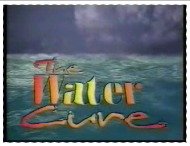
 |
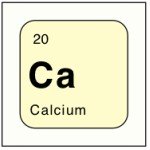 |
Warning: Research shows calcium supplements may be harmful to your health.
| Fixing Blood Disorders
Posted December 2016 |
 |
© 2016 Jonathan Steele
It is amazing how so many things that are new to us were common knowledge in the past. One basic practice of the Water Cures protocol is to drink at least 30-45 minutes before and 2 1/2 hours after a meal. This is not a new thought however. Notice what a magazine from 1925 had to say...
"Drink plenty of water two hours after each meal; drink none just before eating; and a small quantity if any at meal time. Do not take a bath until two hours after eating a meal, nor closer than one hour before eating. Drink a full glass of water both before and after the bath." (Golden Age, Sept. 9, 1925, pp. 784-785)
 |
New in 2016
Cancer 1, Natural Cures 0
The War...is against...
Cancer Natural Cures
---------------------
| Hand Joint Pain: How Can I Make It Go Away? |
 |
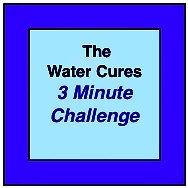 |
to try a no cost, scientifically proven way of improving your well being?
Click Here to try the 3 Minute Challenge
Find them right here!
 Shoulder Joint Pain Relief Shoulder Joint Pain Relief |
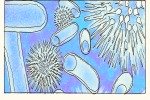 |
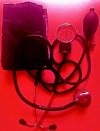 |
What Your Doctor's Not Telling You!
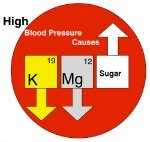 High Blood Pressure Causes High Blood Pressure Causes |
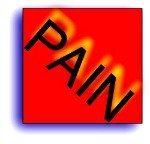 |
 |
We started expanding on the causes...
The weirdest...chimney sweep cancer. You won't believe where it strikes.
Our theory on...
Healthy Hydration for Athletics & the reason for hydration guideline failures in the past.
We speak to organizations small and large, private and corporate.
Our scientifically proven training works to improve performance and decrease lost days due to illness.
We are currently speaking to hospitals to train staff in ways to decrease the readmission rates in several disease processes that pose high risk of <30 day readmission.
We can cut the rates by up to 70%. Ask us how.
Nurse Jon for more information on hydrating to improve performance.
Here is the Science
We are not promoting increased salt intake. We are suggesting taking salt in amounts appropriate to your bodies needs, based on water needs. Our needs are not one size fits all.
Note: Do you have CHF or Kidney Disease? Then.....
THIS IS NOT FOR YOU.
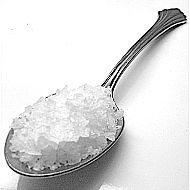 |
Read This Study
And Decide for Yourself
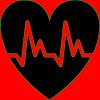 |
For Most of Us, No!
According to a JAMA study.
A Review of the above JAMA Article
Study: Salt May Not Be All Bad?
Listen to your body. Do not use this if you are under a doctors care. Do not stop taking medications without consulting your doctor. If you are on medications, consult your doctor if you start the Water Cures Protocol as it may change your needs.
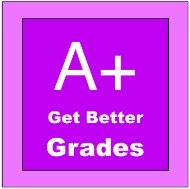 |
Click Here to Discover How
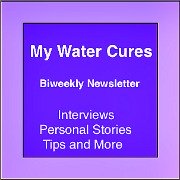 |
Click Here
Sign Up for your biweekly newsletter.
 |
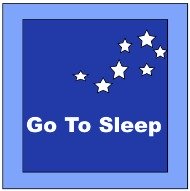 |
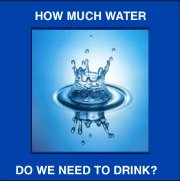 |
If you are looking for an affordable alternative natural health care for depression, consider the Water Cures protocol.
Like What You're Learning? Please share your likes on Facebook
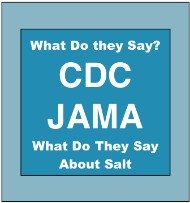 |
 |
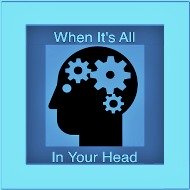 |
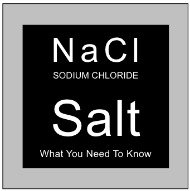 |
Hi, my name is Sharon. The webmaster of this site is my nurse, my personal water coach and my husband.
As this site was first being built, I had a headache and as usual took an Ibuprofen. Impatient for it to start working, I decided to try the Water Cures. I took a pinch of salt and a glass of water. Then I took a second pinch of salt and another glass of water. My headache was gone in less than 5 minutes.
From my personal experience, it usually takes 30 to 45 minutes for Ibuprofen to work. Some have found it takes ibuprofen 24 minutes to start working.
Yet on the Water Cures protocol, my headache was gone in 5 minutes.
Its simple: give your body what it needs and your body will give you what you need, the ability to feel great.
Water Cures was the solution for the elimination of my headache. It is what I will use from now on.
Why not give it a try yourself.
